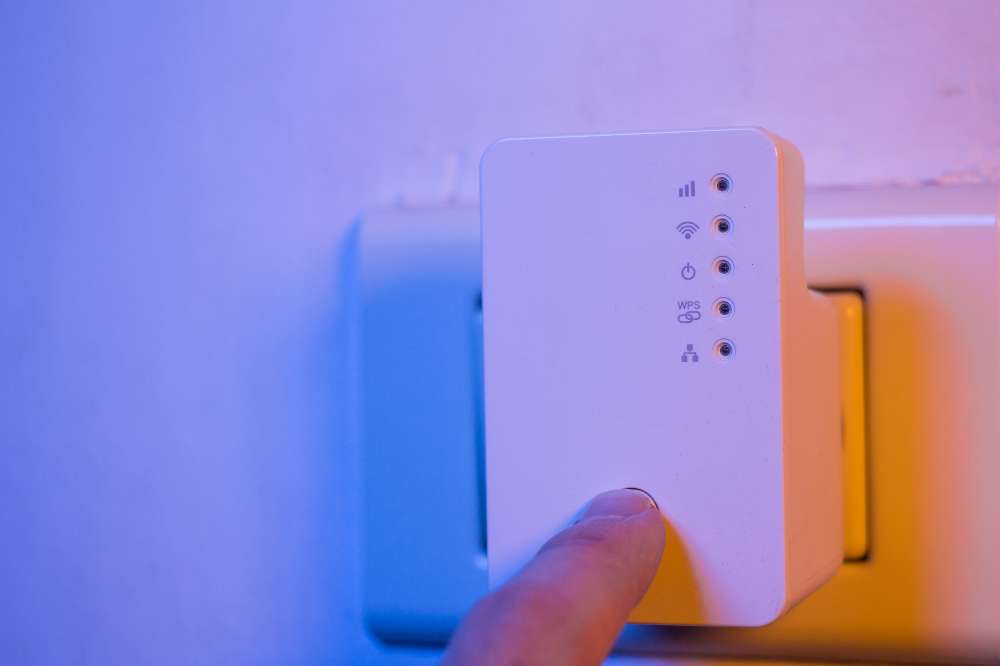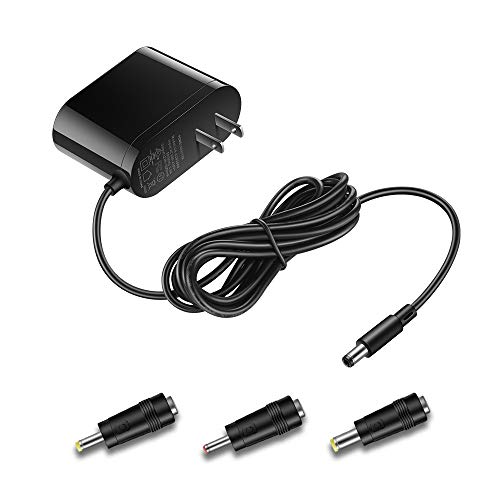Wireless Fidelity, otherwise known as WiFi, is the world’s most used wireless connection for communication today. It enables the connection of devices for data transfer without cables.
The WiFi channel is one of the concepts in WiFi networking that shows the frequency band in which certain data is transmitted. It facilitates communication between devices and routers.
It serves as an essential component in the performance of a wireless network. It defines the frequency pathway for data to travel from one device, such as a phone or laptop, to a router.
WiFi Channels

- Compatible with major cable internet providers including Xfinity, Spectrum, Cox and more. NOT compatible...
- [Compatibility] 12V Power Supply Adapter Compatible with Netgear, Linksys, Asus,Motorola, Motorola/Arris...
There’s a specific frequency for every piece of data. Each channel has its specific frequency at which data travels. The less congested the channel, the faster the speed and stability of the data transfer.
WiFi channels use two principal frequency bands, 2.4 GHz and 5 GHz. The 2.4GHz frequency band has a wider coverage than the 5GHz band.
Yet, despite its coverage, it is more crowded. The 5GHz frequency band, unlike that of 2.4GHz, has a shorter range. This makes it offer a faster speed, and it is less congested.
Normally, routers automatically select default channels, but there can be exceptions.
The network may not be optimal in cases with multiple networks or electromagnetic interference. Due to the same frequency application, some channels may be susceptible to interference.
This leads to slow speeds and creates frustrating dropouts. This is why selecting the optimal WiFi channel for your network is important.
Selecting a less busy channel and a channel with multiple frequencies can improve network speed and reliability. These factors ensure consistent coverage and reliable connectivity. In areas where there’s competition for limited bandwidth, it causes a reduction in interference, which enhances network efficiency.
Choosing the proper WiFi channel increases the network coverage area. This happens using frequencies that penetrate walls and impediments. It provides consistent WiFi signal coverage throughout your house or office.
Your home or office network will determine the channel to select. It can vary depending on the specific requirements.
Factors to Consider When Choosing a WiFi Channel
Signal Strength
Signal strength analysis gives full details on different aspects of your WiFi strength. It shows the strength and quality of your signal. Your signal strength determines how reliable your network is. Factors affecting signal strength include interference, physical obstructions, network load, and distance from the access point.
Received Signal Strength Indication (RSSI) measures the strength of the signal received from an access point. Stronger signals are indicated by greater values, which span from 0 to -100 dBm. RSSI values are significant in confirming the quality of a wireless connection.
A high signal strength does not always mean a high signal quality. This is because external factors like noise or interference can weaken a signal. An analysis will help identify areas with low quality, which may cause connection issues.
WiFi analyzers can check neighboring networks, signal quality, and signal-to-noise (SNR) ratios. With the help of RSSI, administrators can also identify weak points with lower values. These methods will help make the necessary adjustments to improve the network’s performance.
Neighboring Networks
The number of devices and the bandwidth requirements of a WiFi network determine what type of WiFi channel is settled for. A high network load will cause congestion and result in poor performance.
WiFi networks that are near each other could interfere with one another. This could result in a loss of performance and reliability. To select a wireless channel, it is important to check for nearby networks and choose the channels with the least number of congestions. Efficiency can be boosted by dispersing the devices connected.
WiFi Channel Overlaps and Interference
Wireless collision is a phenomenon that occurs when different devices send data in the same frequency range. It leads to damage or loss of the data packet.
There are different channels available in the frequency bands. For 2.4 GHz, there are 14 channels in total. They are classified into overlapping channels and non-overlapping channels. There are only three non-overlapping channels, which are more efficient than the others. They are channels 1, 6, and 11.
On the other hand, 5 GHz offers more channels and provides more non-overlapping channels. The frequency band contains 25 channels, and the channel width used can either be 20, 40, 80, or 160 MHz.
The limited number of channels in the 2.4 GHz frequency band makes it more prone to congestion. This increases the chances of channel overlap. However, the 5 GHz spectrum has a greater range of non-overlapping channels. This increases flexibility and reduces collisions.
Many overlapping devices transmitting at the same time on 2.4 GHz channels can lead to wireless collisions. This can create performance concerns in your network. Consider device quantity, channel overlap, and frequency range when choosing the best frequency band for your wireless network.
How to Select the Best WiFi Channel at Home
- The first step is to take a site survey. You can start by using the available tools or mobile apps. This will help to determine the location of adjacent networks and their respective channels.
- The next step is to identify potential sources of interference in your home. They may include microwave ovens, Bluetooth devices, or cordless phones. Then, try to avoid using the same frequencies that these devices use.
- Opt for non-overlapping channels, and keep a watch in case of channel congestion. For example, channels 1, 6, and 11 at 2.4 GHz do not overlap. Going for these channels will reduce interference due to neighboring networks. If you notice any signs of increased interference or reduced performance, switch to a less-crowded one.
However, take advantage of channel optimization improvements and stick to a manual selection of channels based on your surroundings. Also, learn to keep track of changes in your network that may be caused by modifications or updates.
How to Select the Best WiFi Channel at Work
Specific considerations matter when selecting WiFi channels for office environments and strategies to explore.
Consider the density of the WiFi device and the possible interference that could occur due to office structures.
A high density can be a disadvantage because of the increased competition for bandwidth.
Proper router positioning and multiple access points can help distribute enough network load and improve connectivity.





